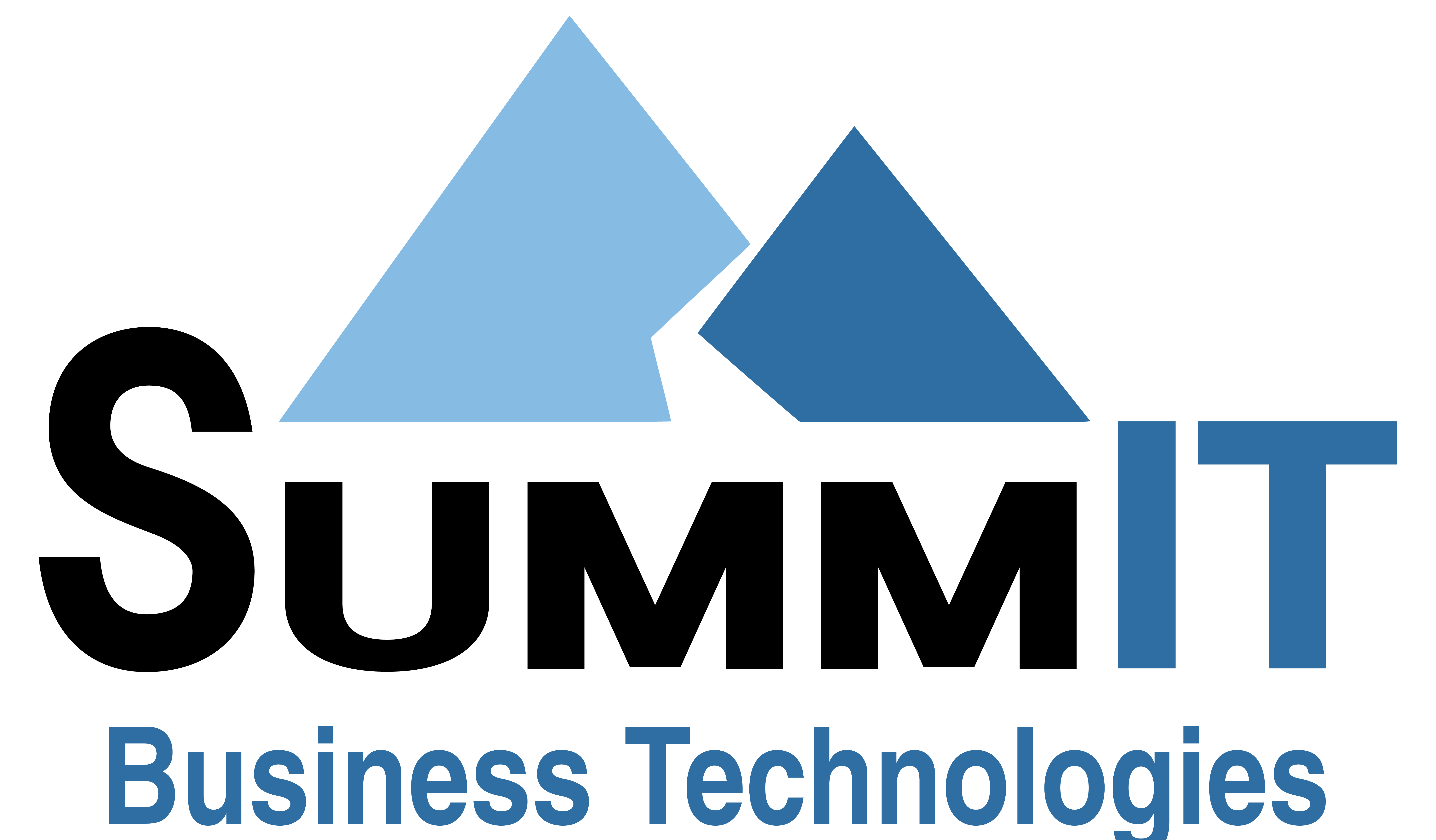The Enemy Within
The enemy is sometimes from within.
When most organizations think of cybersecurity threats, they think of external criminals but never an internal employee.
In an article from earlier this year linked here, we learn about a case out of Singapore where a disgruntled employee deleted all 180 test servers after he was let go, all with just a few keystrokes. From disgruntled former employees to current employees with TOO much access, not actively updating and reviewing your user accounts and access increases your cybersecurity risk.
Why should you, a small business owner, be concerned about user account management? This may seem like a large business issue, but cybersecurity is a concern regardless of your company size. As we have mentioned in previous posts, more than two-thirds of all cyberattacks target small businesses. While the external threats garner headlines, the enemy within can be just as damaging.
- Insider Threats Are Real and Growing: Internal threats can come from employees, contractors, or anyone with access to your systems. These threats can be intentional, such as data theft or sabotage, or unintentional, like accidental data breaches due to simple negligence
- Limiting Access Limits Risk: Allowing employees to only have access to what they need can go a long way when it comes to protecting your data. This can eliminate an employee accidentally or maliciously deleting a critical file they should not have had access to or seeing confidential information like financial records. Likewise, should a user get breached, limiting the scope of their access also limits the scope of the breach.
- Clean Up After They Are Gone: User Account Management is a critical first and last step for an employee. This means ensuring new users’ credentials are set up correctly, but also that former employees no longer have access to your systems. Leaving account access open allows a disgruntled employee the opportunity to seek revenge. Even if the employee leaves on good terms, shutting down their access means you aren’t leaving hackers with an unlocked door to your network.
- Small Wallets, Big Costs: The financial impact of a cyber breach can be devastating for small businesses. A recent report from the Small Business Administration revealed that businesses with fewer than 500 employees lose an average of $3.21 million per attack. This includes not only the immediate costs of dealing with the breach but also long-term impacts like loss of customer trust and increased insurance premiums.
How can we help?
Summit is a Managed Services Security Provider. As a Managed Services Client, we sit down with you on a regular basis to review your business’s technology. We review your user and software lists quarterly to ensure that the correct users have access and that there are no applications running you weren’t aware of. By working with your team and using our curated security tools, we make sure that your business data is secure.
Interested in learning more about our Managed Services Agreements? Click here to schedule a call with us.





